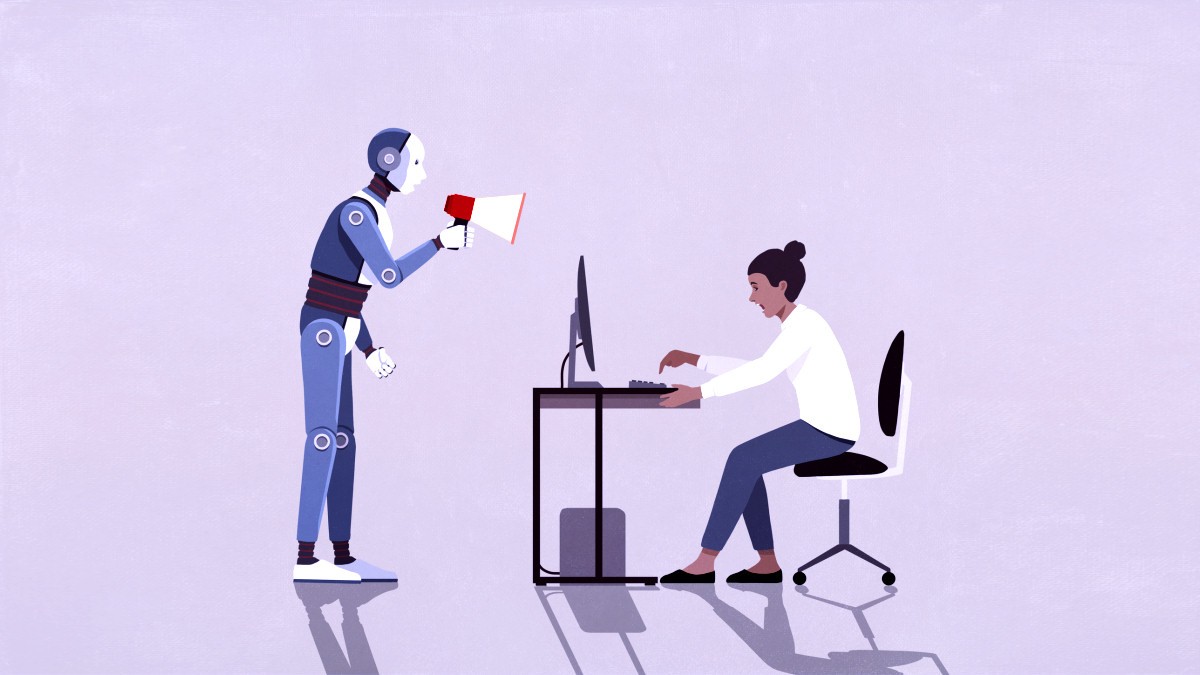
A comprehensive study of the Danish labor market reveals that while AI tools are saving time for many workers, they're simultaneously creating new tasks that offset these gains. The research, conducted by economists from the University of Chicago and the University of Copenhagen, found that AI created additional work for 8.4 percent of employees during 2023-2024.
The study, which analyzed data from 25,000 workers across 11 occupations, discovered that 64 to 90 percent of AI tool users reported time savings. However, these benefits were counterbalanced by emerging responsibilities, even for those not directly using AI systems.
For instance, teachers now dedicate hours to detecting AI-generated homework, while other professionals spend time reviewing AI outputs and developing effective prompts. The average time saved amounted to just 2.8 percent of work hours - approximately one hour per week.
The research challenges earlier findings from a February study that suggested a 15 percent productivity increase from generative AI. The disparity may stem from previous studies focusing on tasks specifically suited for AI, while real-world applications often involve more complex responsibilities that AI cannot fully automate.
The economic impact remains minimal, with only 3 to 7 percent of productivity gains translating into higher wages for workers. The study found no measurable effect on overall earnings or recorded work hours across the examined occupations, which included accountants, software developers, and customer support specialists.
While the research provides valuable insights into AI's current workplace impact, the authors note that their findings represent an early phase of AI deployment. The long-term effects of generative AI on labor markets continue to be a subject of ongoing research and debate.